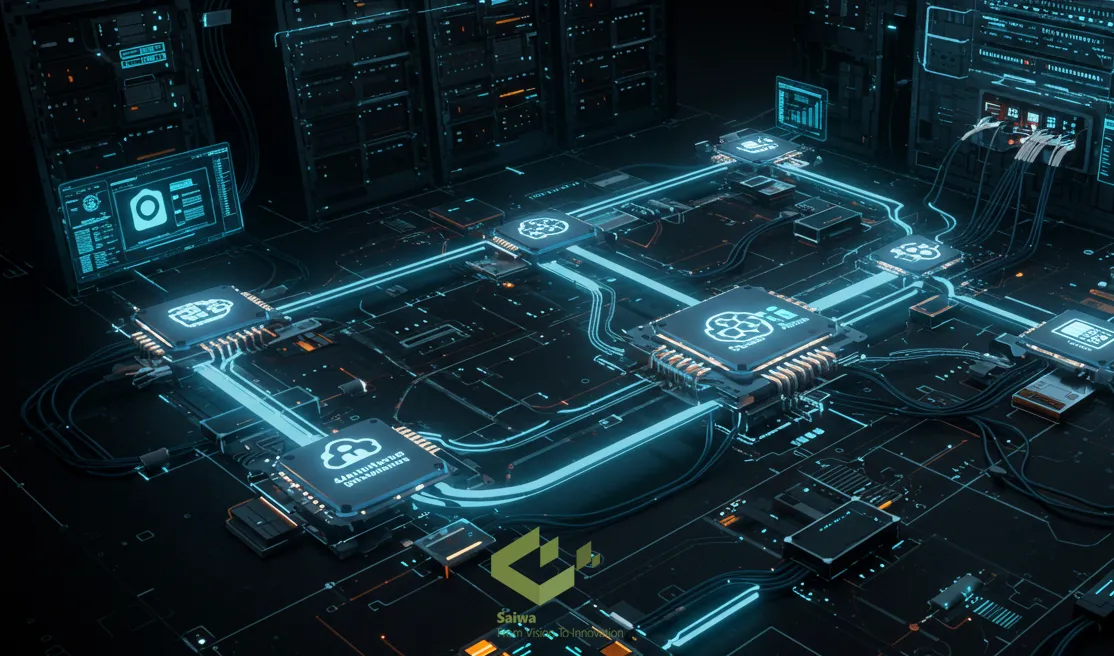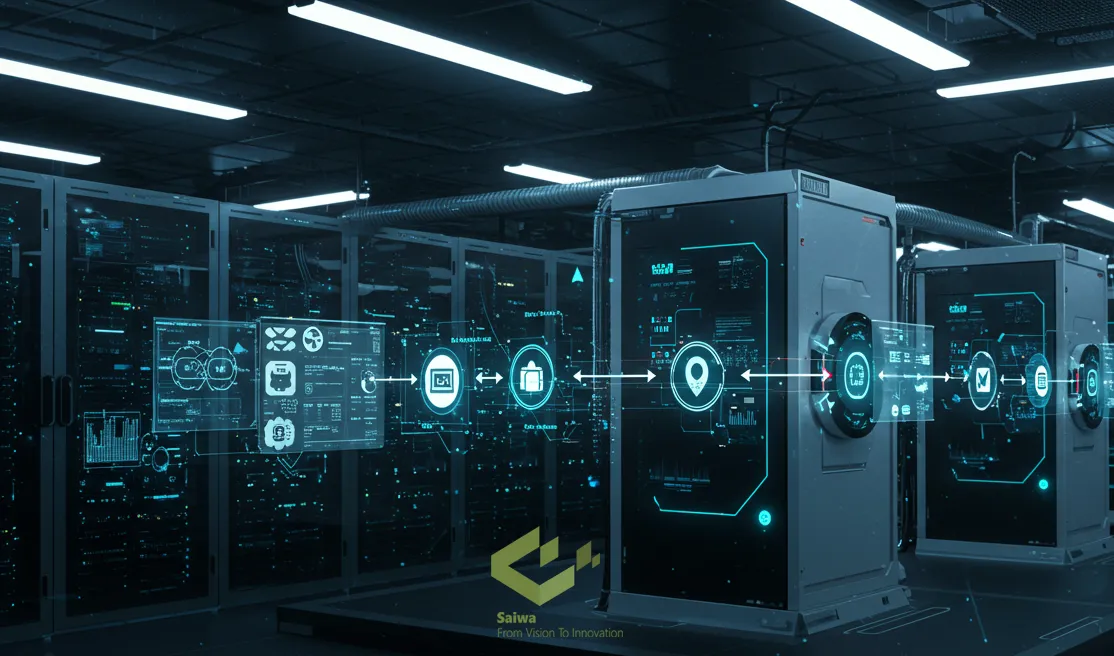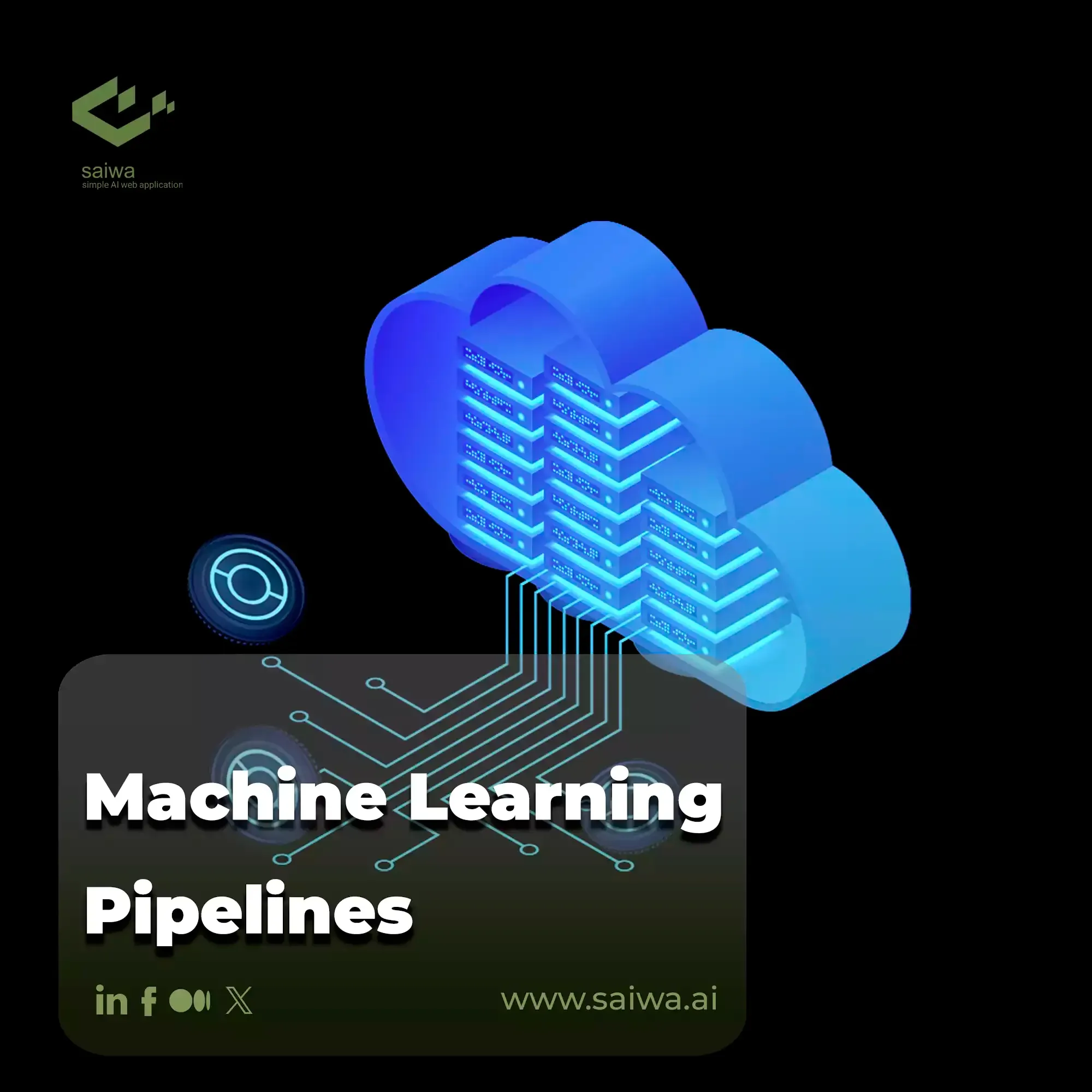One of the topics that many readers of artificial intelligence blogs are eager to read is machine learning pipelines blogs. In this article, we are going to talk about this topic completely with you. But before we start, it is better to talk a little about the basics of this topic so that it will be easier for you to understand its importance.
We have talked about machine learning many times in our blogs. As we said, machine learning is an approach to data analysis. This approach involves building and adapting models that allow the program to learn through experience.
Pipelining is a technique in which multiple commands are interrupted during execution. The computer's pipeline is divided into stages. Each stage completes a specific part of a command. The stages are then connected to form a pipe. As a result, the command enters, passes through the stages, and exits. In the following, we will combine the two terms above and explain them in more detail.
What is a Machine Learning Pipeline?
A machine learning pipeline is a way to code and automate a desired workflow. This pipeline is very necessary to generate a machine learning model. These pipelines include several stages in a row that have all the data extraction and preprocessing processes and model training and deployment. Machine learning pipelines should be one of the main categories for data science teams. These outline the best practices for an organization's use cases, allowing the team to execute at scale. These pipelines need to be constantly updated, as they are an essential part of the model.
Why is a Machine Learning Pipeline Important?
The design and implementation of machine learning pipelines is the most important part of enterprise artificial intelligence software programs. In fact, this part determines the performance and effectiveness of the method. In addition to software design, other factors, such as machine learning libraries and runtime environments, should be considered. Runtime environments include processor, memory, and storage requirements.
Many of our real-world machine learning applications involve complex multi-step pipelines. Each of these steps may require different libraries and runtimes. They may even need to run on specialized hardware profiles. As a result, it is very important to consider the management of libraries, runtimes, and hardware profiles during algorithm development and maintenance. Choices made during the design process can have a major impact on the cost and performance of the algorithm.
What are the benefits of a Machine Learning Pipeline?
Machine learning pipelines have several key advantages, which we will discuss in this section.
Making continuous predictions
Unlike models that can only be used once, automated machine learning pipelines can process continuous streams of raw data collected over time. This capability allows you to take MLaaS out of the lab and into production, resulting in a continuous learning system that constantly learns from new data and makes updated predictions to optimize production.
Faster and cheaper
The process of building ML internally takes more time and therefore costs more as well. You should also know that a large number of ML projects fail. Even if a company overcomes these problems, it has to start from scratch for the next ML projects. But by automating every step of the machine learning pipelines, you can get teams up and running faster and cheaper.
Available for teams
This process makes ML accessible to teams with different technical skills by automating the hardest parts and creating a simple relationship. As a result, you can put ML in the hands of your business stakeholders to use the predictions. This frees up your data science team to focus on custom modeling.
What to consider when building a Machine Learning Pipeline?
Your starting point in this process may not be the same, but below we have suggested four steps to approach building the ML pipeline.
Build each step in reusable components
The first step is to consider all the steps involved in building a machine learning model. It is better to start with the data collection and preprocessing method and then continue your process. We recommend limiting the scope of each component to make it easier to understand and repeat.
Coding tests in components
The testing process should be considered one of the pipeline's most important parts. If you manually perform reasonable checks on how similar the input data and model predictions are, you should code them into a pipeline. A pipeline allows you to perform tests precisely because you don't have to do them manually every time.
Pipeline coordination management
There are many ways to manage the synchronization of the machine learning pipeline, but the principles of these solutions are the same. You need to specify the order in which components are executed and how inputs and outputs are executed through the pipeline.
Automate if needed
Although building a pipeline introduces automation, for many people, the ultimate goal is to run a machine learning pipeline that meets certain criteria automatically. For example, you may want to control a model change in production to restart a training period, or you may want to do this on a daily basis.
In general, machine learning pipelines can look different depending on your needs.

Use cases of a Machine Learning Pipeline
A machine learning pipeline is a set of procedures that are followed to build, train, and deploy a machine learning model. It includes several steps, from data preparation and feature engineering to model training, evaluation, and deployment. Here are some common uses for machine learning pipelines:
Data Preprocessing
Machine learning pipelines often start with data preprocessing steps. This can include tasks such as cleaning the data, handling missing values, encoding categorical variables, scaling or normalizing numeric features, and dividing the dataset into training and test subsets.
Feature Engineering
Feature engineering involves transforming raw data into a format suitable for the machine learning algorithm. This can include creating new features, selecting relevant features, performing dimensionality reduction, or applying techniques such as one-hot coding, discretization, or feature scaling.
Model Selection and Training
Machine learning pipelines simplify the process of selecting the best model for the task at hand. Pipelines allow researchers and data scientists to easily experiment with multiple models, tune hyperparameters, and compare their performance. In this phase, the selected model is trained on the training data.
Model Evaluation
Once the model is trained, it must be evaluated to measure its performance and generalization capabilities. Machine learning pipelines often include steps to evaluate the model's accuracy, precision, recall, F1 score, or other relevant metrics using test data or cross-validation techniques. This evaluation helps identify potential problems such as overfitting or underfitting.
Monitoring and maintenance
Once the model is deployed, machine learning pipelines can include monitoring and maintenance phases. This includes monitoring the model's performance, detecting concept drift, periodically updating it, retraining the model with new data, and ensuring its continued accuracy and reliability.
These are just a few examples of use cases for machine learning pipelines. The specific steps and stages may vary depending on the problem domain, data set, and desired results. Machine learning pipelines provide a structured and repeatable workflow that enables efficient development, training, and deployment of machine learning models.

Challenges of Developing a Machine Learning Pipeline
Data preparation is very important and effective for AI/ML data analysis. Organizations need to find more efficient ways to perform tasks so scientists can spend their time doing what they do best, including testing and discovering new insights. Next, let's look at some key data preparation and pipeline challenges.
Manual data preparation
Approximately 80% of a data scientist's time is spent cleaning and preparing data for analysis. This is because most scientists write data preparation scripts by hand. This process is not only slow but also difficult to edit and manage. As a result, every change that is applied requires the scientist to rework the code carefully, and many errors can occur along the way.
Eliminating bias from AI/ML data models
Training an AI or ML model requires more data. But data preparation is time-consuming. Organizations must choose between time and money or accuracy to improve their models.
Reusable and repeatable
To reduce data scientist rework, data models and pipelines should be designed and built for future reuse. Manually writing data preparation scripts makes it difficult to reuse data assets because data scientists must review the code to make the necessary changes.
Note: Some visuals on this blog post were generated using AI tools.

